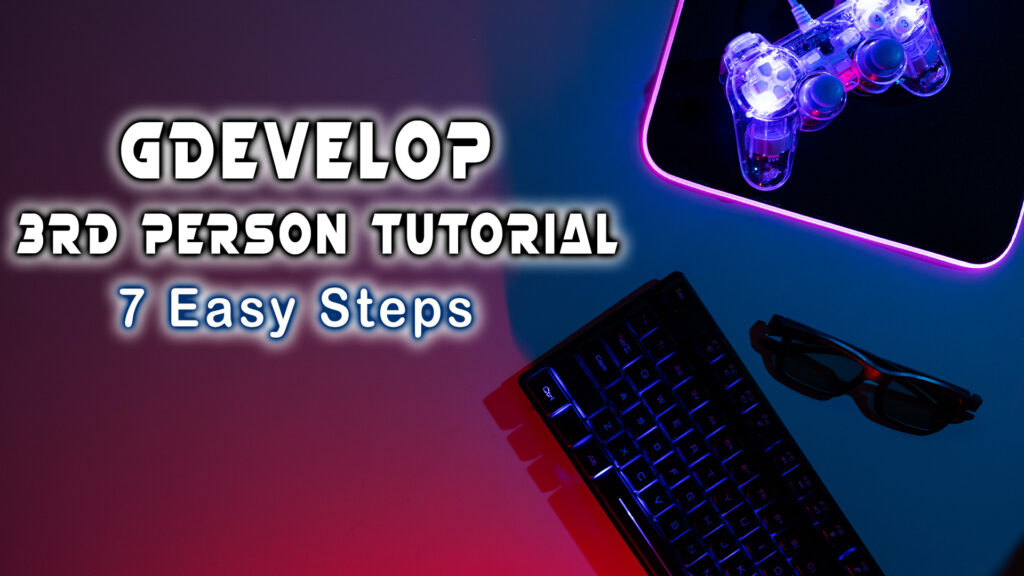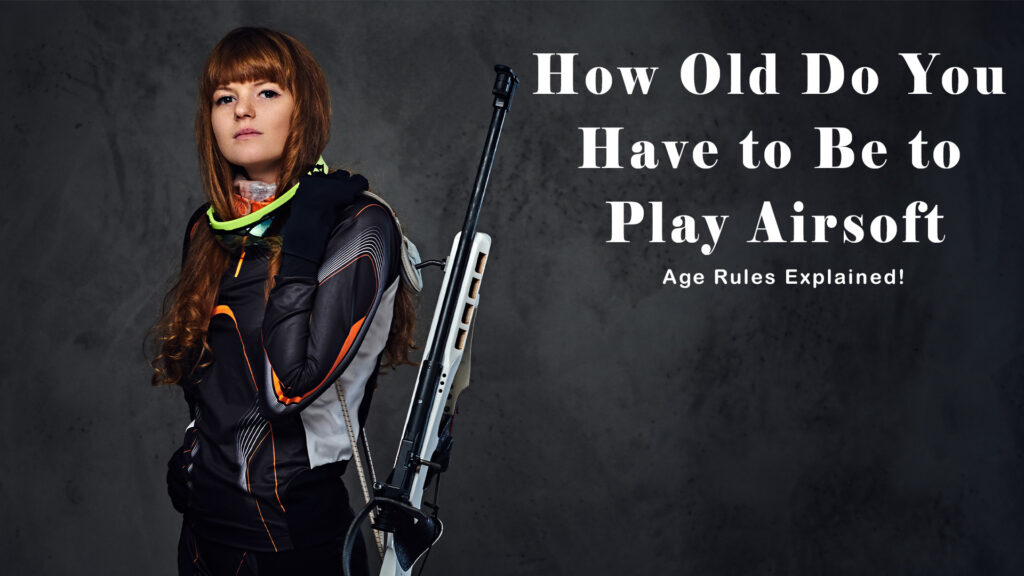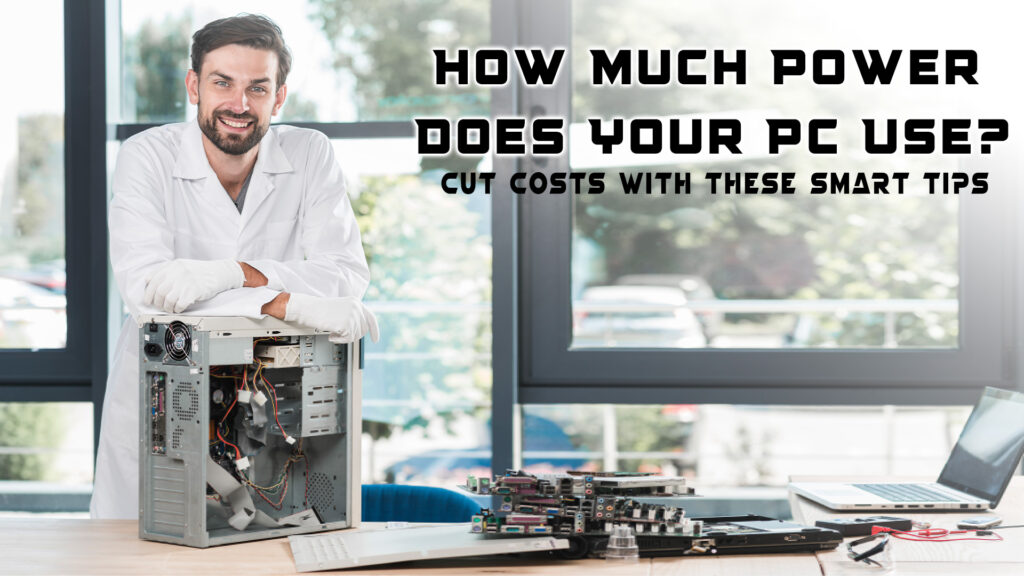Game development often seems complex, especially for beginners with no programming background. Many give up before they even start. But that’s where GDevelop changes everything. It removes the fear. It breaks down the wall between ideas and results. With its no code system and drag-and-drop interface, anyone can start building games without writing a single line of code.
GDevelop stands out because it brings advanced features into a simple, visual platform. You don’t need a tech degree. You just need a passion for games and a desire to create. Whether you’re a hobbyist, a student, or a first-time developer, this tool lets you turn concepts into playable projects.
In this guide, you’ll learn how to make a 3rd person game in GDevelop. The kind where the player sees the character from behind, moves through a 3D world, and feels in control. You’ll set up the scene, add a 3D player model, connect the camera, and create smooth movement all step by step.
The third-person view adds depth to gameplay. It creates space for exploration, action, and storytelling. GDevelop now supports 3D mechanics that make this possible.
Get ready to build your own third-person experience. No coding. No stress. Just clear steps and real results.
Let’s begin.
What Is a 3rd Person Game?
A third-person game is a style of gameplay where you see your character on screen from a camera placed just behind or slightly above them. Instead of seeing the world through the eyes of the character (like in first-person games), you see the entire body moving through the environment. This gives players a better view of their surroundings, especially in games that involve exploration, puzzles, or combat.
Most popular adventure and action games use this style. Think of games like Tomb Raider, Fortnite, or The Legend of Zelda. These titles let you see your character jump, run, climb, and interact with the world. You’re not just watching the game you’re guiding a visible hero through every step of the journey.
In a 3rd person view, movement feels natural. Players understand how close they are to walls, edges, or enemies. It’s easier to time jumps, dodge attacks, and explore complex spaces. That’s why many developers choose this camera style for games where awareness and positioning matter.
Thanks to GDevelop’s new 3D features, building a third-person game has never been more accessible. You can import a 3D model, set up a camera behind the character, and start building scenes with depth and detail. You don’t need a game engine like Unity or Unreal to do this anymore. GDevelop lets you do it in a simpler way with no coding and fewer technical steps.
If you want to make a game where players feel connected to a character and enjoy full control over movement and view, the third-person style is a great choice. This guide will walk you through everything you need to know to create that exact experience using GDevelop.
Why Use GDevelop?
GDevelop is one of the easiest game engines you can use today. It’s completely free and works on almost any device. Whether you use Windows, Mac, or a web browser, GDevelop runs smoothly without needing a powerful computer. There’s no complicated setup. You just open the editor and start building your game.
Many game engines require large downloads, extra software, or coding knowledge. GDevelop skips all that. It uses a drag-and-drop interface, so you build your game using clear logic blocks, not code. This makes it perfect for beginners who want to focus on game design not programming.
But simplicity doesn’t mean limited. GDevelop gives you real creative freedom. You can create both 2D and 3D games, with access to tools that support advanced features like:
- Full scene building in 3D
- Camera controls
- Lighting effects
- Character movement and interaction
- Physics and collision detection
The 3D system is growing fast. GDevelop now lets you import 3D models, create interactive environments, and manage cameras in space. You can even combine 2D and 3D elements if your game needs both.
Another big advantage? GDevelop editor runs in your browser too. You don’t need to install anything if you don’t want to. Just go to the GDevelop website, launch the online editor, and start creating. You can save your progress in the cloud or download your project anytime.
Indie developers, students, hobbyists, and even teachers use GDevelop. It’s popular in classrooms because of how friendly and visual it is. You don’t need to read a manual or follow long tutorials just to get started. Everything is right there on the screen.
If you’ve ever dreamed about making your own game but felt stuck because of coding, GDevelop opens that door. It gives you professional tools, but with a beginner-friendly setup. Whether you want to build a platformer, puzzle game, RPG, or third-person adventure GDevelop helps you get there faster and with less stress.
Key Tools You Need
Before you start, collect these items:
- A working version of GDevelop (latest release)
- 3D model files in
.glbformat - Keyboard and mouse
- Basic understanding of scenes and events
Step 1: Set Up the Scene
Open GDevelop. Create a new project. Choose an empty scene.
Add a 3D box or import a ground model. This becomes the base of your level. Adjust the camera view in the editor. Rotate and move objects to fit the scene.
Name the scene “MainLevel” or something easy to remember.
Step 2: Add the Player
Import a 3D character model. Make sure it faces forward. Use .glb format for smoother performance.
Place the model slightly above the ground. This avoids glitches. Name it “Player.”
In the properties panel, set it as a 3D object. Enable camera follow. GDevelop will now track this player.
Step 3: Attach the Camera
Create a new camera. Set its anchor point a few units behind the player. This builds the third-person angle.
Use the event sheet to update the camera’s position every frame. The camera must stay behind and slightly above the player.
Example:
Adjust the values until it looks right. You can make the camera feel closer or wider depending on your game.
Step 4: Set Up Player Controls
Use keyboard input to move the player. Create events like these:
- Press W = move forward
- Press S = move backward
- Press A = move left
- Press D = move right
Update the player’s position in 3D space. Add rotation controls to turn the model left or right.
Use tween behavior or movement forces for smoother motion. You don’t need physics unless you want collision effects.
Step 5: Add Obstacles and Environment
Import 3D props like walls, trees, and houses. Place them around the map.
Set each object as a solid or static body. This stops the player from moving through them.
Use layers to separate the environment from the player. Add lighting to make the scene pop. You can use sun or point lights.
Step 6: Test the Game
Click the play button. Check movement. Try every key. Look at how the camera reacts.
Fix any bugs. If the player floats, adjust the Y-axis. If the camera stutters, smooth the update logic.
Testing helps improve feel. Run tests often. Keep things small at first.
Step 7: Add Goals and UI
Games need objectives. Add a coin, door, or enemy. Use events to detect collision. Trigger a score or scene change.
Create a simple HUD (heads-up display). Add 2D text that shows score or health. Keep the interface light and readable.
Use timers, checkpoints, or dialogue to guide players. GDevelop supports all of these.
Bonus Tips
- Use the GDevelop community. Many creators share tips, assets, and plugins.
- Try different camera angles. Over-the-shoulder views also work well.
- Add sound effects and music to boost immersion.
- Export your game as a browser game or native app.
- Keep file sizes low. Optimize models and remove unused assets.
Common Issues and Fixes
Issue: Player falls through the ground
Fix: Raise the model slightly and check for proper collision
Issue: Camera shakes or lags
Fix: Use camera smoothing and update camera in the same frame as movement
Issue: Controls feel slow
Fix: Use direct position changes or tweak speed variables
Why This Matters
Learning to build a third-person game gives you full control. You design the world. You shape the experience. GDevelop opens the door for beginners.
You don’t need to write code. You just need clear logic. Each object, action, and camera detail plays a role.
This setup builds the foundation. From here, you can expand into combat, missions, or dialogue. GDevelop supports plugins and visual scripting.
Conclusion
Creating a third-person game might have seemed impossible before. Now, with GDevelop, it’s not just possible it’s achievable, even if you’ve never made a game before. This guide walked you through every step in a clear and simple way. You learned how to set up a 3D scene, add a character, connect the camera, and create movement that feels smooth and natural. You also discovered how to design obstacles, test mechanics, and shape a game that works on both PC and mobile.
The best part? You didn’t need any code. GDevelop puts real game development in your hands without complexity. Whether you want to build a small action adventure or a large 3D world, you now have the tools to get started.
Every great game begins with a simple idea. Don’t worry about perfection. Focus on learning and experimenting. Build one room. Add a challenge. Test a camera angle. Over time, you’ll grow your game into something bigger.
Game development takes time, but it doesn’t have to be hard. GDevelop makes the journey fun, rewarding, and within reach. So take the first step. Open GDevelop today. Start your project. Share your vision with the world.
You know, You’re not just learning how to make a game. You’re becoming a creator.
Read More: Is Valorant Crossplay Between Xbox and PC? Everything You Must Know



